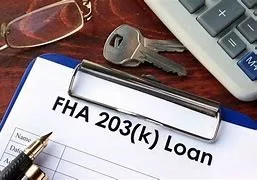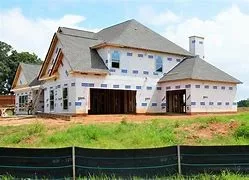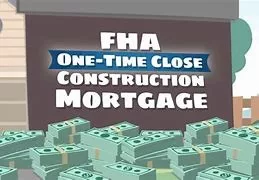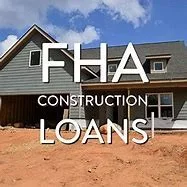- 640 or higher (as of 12/17/2023)
- Typically, you only need a 580 FICO score to qualify with FHA. However, this varies depending on the Lender’s criteria.
- The FHA construction loan is accommodating for borrowers with lower credit scores, accepting a minimum score of 500-579 with a 10% down payment and for scores of 580 or higher, the own payment requirement drops to 3.5%.
Debt-to-income ration (DTI) should be below 43%
Have not experienced bankruptcy in the last 2 years.
3.5% for FHA financing. However, this varies depending on the Lender’s criteria.
You will need to verify a minimum of 2 years’ employment/income history.
- For W2 borrowers, that means the last 60 days of pay stub, the last most recent 2 years W2’s and your last two most recent annual Tax Returns.
- Self-Employed borrowers will need to provide the last most recent 2 years of Full Personal and Business Tax Returns as well as all Tax Schedules involved. In addition to, evidence of business existence
- Mortgage Insurance Premium, which protects the lender in case of foreclosure. Mandatory MIP: FHA MIP has an upfront cost equal to 1.75% of the loan amount (which can be rolled into the mortgage) as well as an annual charge typically equal to 0.85% of the loan amount paid monthly.
- MIP is usually required for the life of the loan. However, homeowners can often refinance to cancel the MIP and lower their monthly payment once they have 22% home equity.
- The Loan must meet FHA Loan Limits – Meaning your total loan amount can’t be higher than your County’s maximum loan limit.




